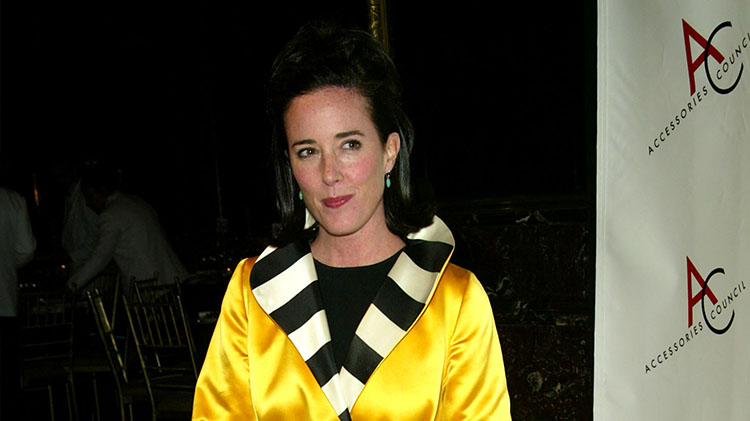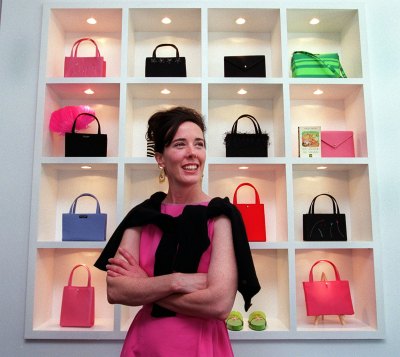
Getty Images
Kate Spade’s Handbag Legacy Is Carried by All of Us
Fashion designer Kate Spade died yesterday at the age of 55 leaving behind a bountiful legacy that’s so far-reaching it’s almost impossible to fully grasp. Her handbags became a rite of passage for a generation of women who yesterday paid homage on social media to her accessories that for many signified adulthood, their first “grown-up” handbag. Beyond her cheery shoes and witty clutches, Kate made an indelible mark on the fashion industry that still oscillates today.
Kate — who sold her last share of the namesake company in 2006 — made one slick marketing move in the early 90s that has become ubiquitous across every tier of the fashion world. After working as an accessories editor at Mademoiselle magazine in the early 1990s, Kate, with her soon-to-be husband Andy Spade, sought to create a handbag line that was affordable, stylish, and unserious.

Merging her name and Andy’s, she had a lightbulb moment and took the brand’s name and logo (a playing card spade) and stamped it on the outside of the bag, not the lining. Instantly, she had a brand identity. Suddenly little labels could use their logos as a signifier. Logomania may be rife now, but in the early 90s, it was unusual for younger, quirkier labels to compete in this market ruled by glossy luxury houses. That gilded stamp made customers everyday ambassadors, it became shorthand for a cosmopolitan lifestyle and attainable American dream. It allowed her to become a lifestyle brand, a term which didn’t even exist when the designer first embarked on homewear, books, and personal items. This paved the way for Michael Kors, Tory Burch, and J.Crew.
Following Kate’s death, tributes poured in from celebrities, fans, and fashion industry insiders who were all touched by Spade’s colorful, kooky designs. “My grandmother gave me my first Kate Spade bag when I was in college. I still have it.” Hillary Clinton tweeted following the designer’s death. Likewise, Lena Dunham wrote on Twitter, “Kate Spade was more than a designer. She had a quirky visual language that captivated Bat Mitzvah girls and artists alike. She was also a staple of NYC who spread goodwill. My heart breaks for her family. Thank you, Kate, from one of the millions you made feel beautiful.”
Kate was born Katherine Noel Bresnahan in 1962 in Kanas City, MO. She studied journalism at Arizona State and worked her way up from assistant to editor at New York’s Mademoiselle magazine before founding the label Kate Spade in 1993. Within a couple of years, she had bricks-and-mortar stores and several accolades from the Council of Fashion Designers of America (CFDAs). In 1999 she sold shares to the Neiman Marcus Group and moved into philanthropy. Though the Kate Spade brand lives on, the Spades launched a new accessories line in 2016 called Frances Valentine, after their daughter, Frances Beatrix Spade. The designer felt so attached to her new brand that she changed her name to Kate Valentine Spade. She is survived by her husband Andy and her 13-year-old daughter, Bea.
If you or someone you know is contemplating suicide, call the National Suicide Prevention Lifeline at 1-800-273-8255.
This post was written by Lucy Morris. It originally appeared on our sister site, Grazia Daily.








































